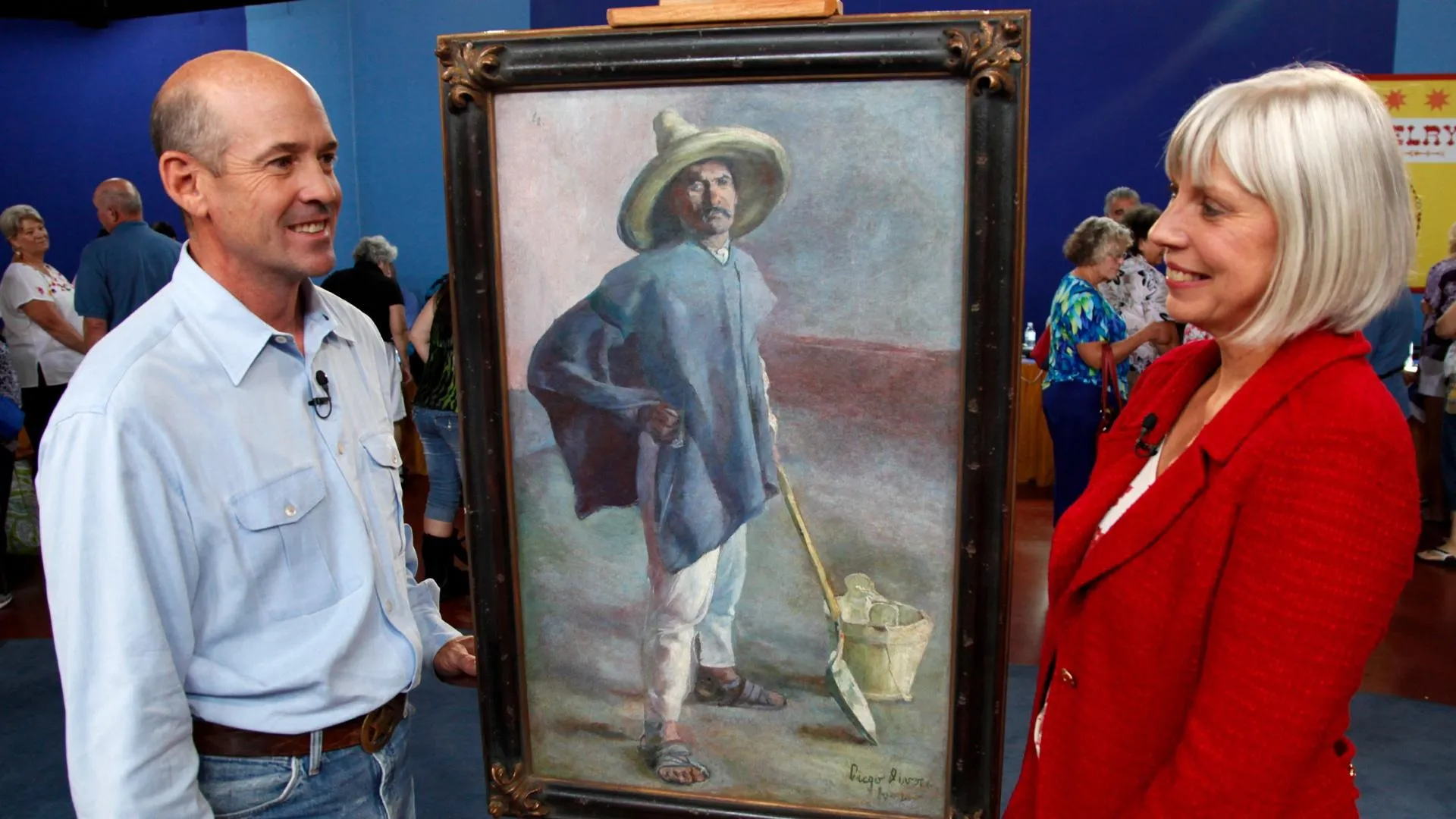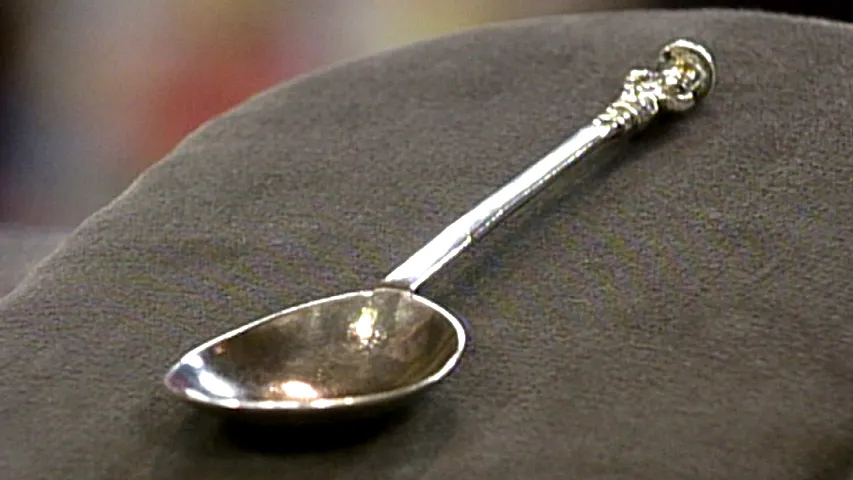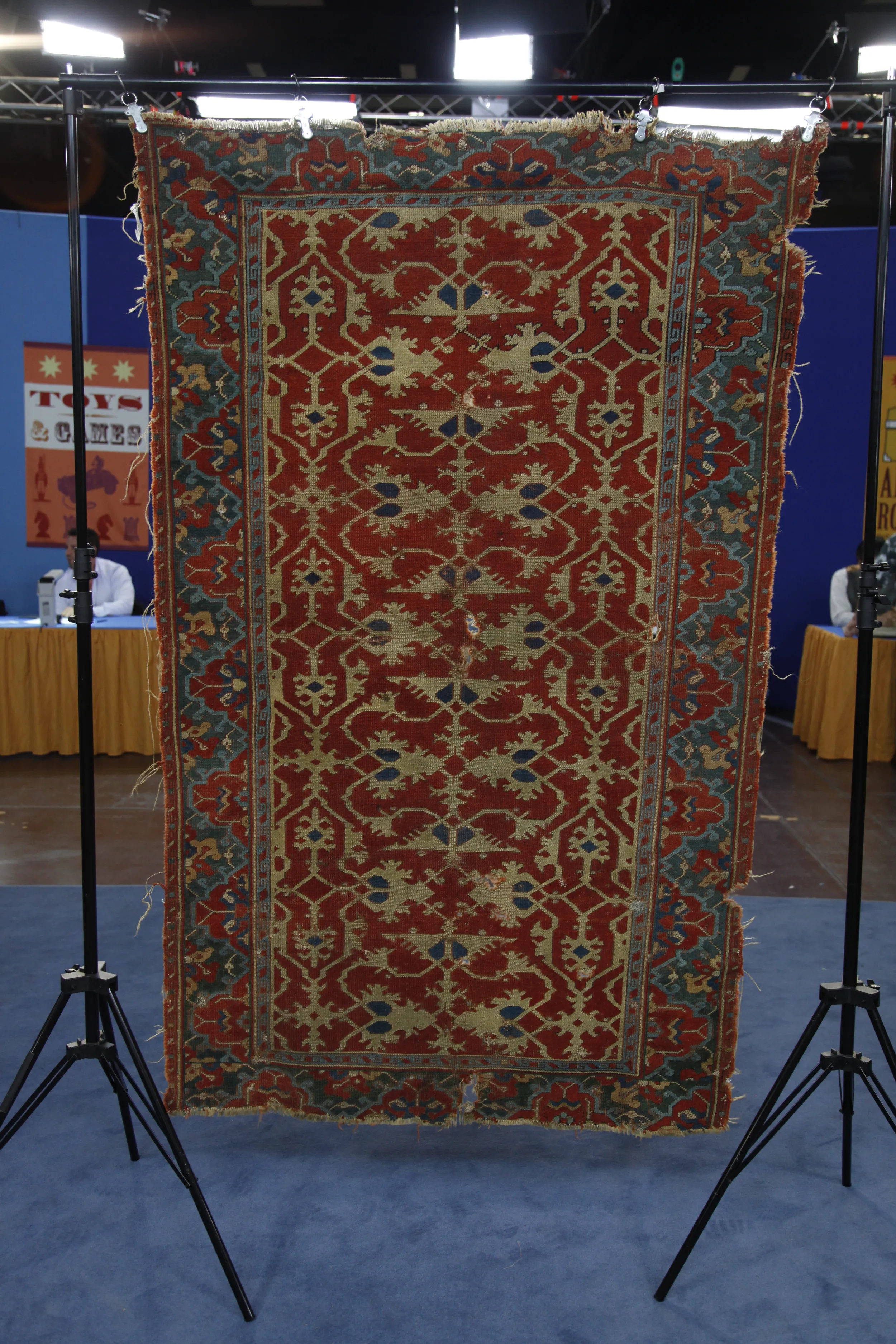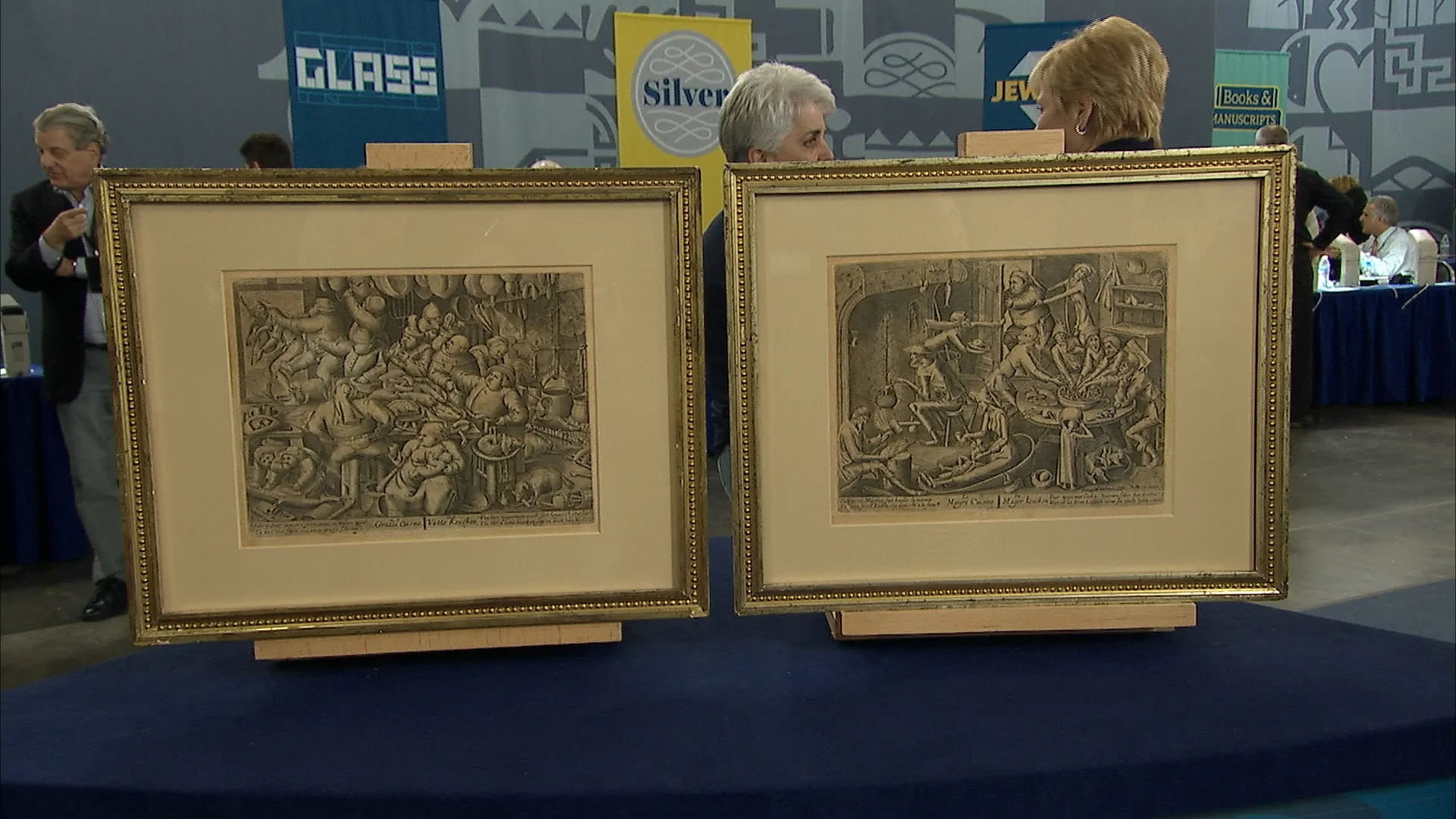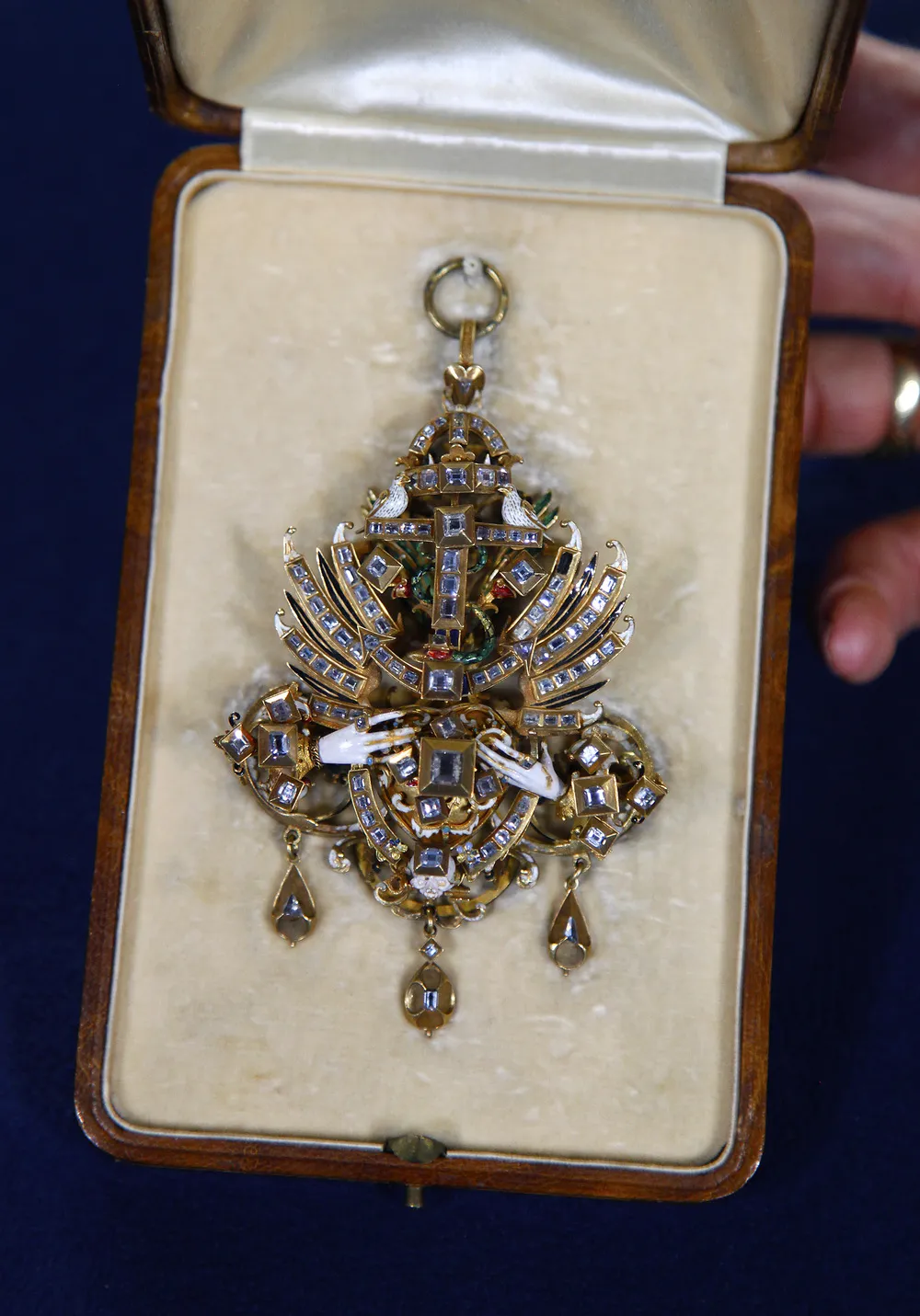HOST: Sailing is a popular activity in Corpus Christi Bay. Global positioning system devices help sailors find their way today. But what did mariners from long ago rely on to navigate the seas? Appraiser John Snellenburg was on deck to explain.
APPRAISER: An astrolabe allows you to determine your latitude. Very simply, it tells you how far north or south you are on the ocean.
HOST: Can you show me how it works?
APPRAISER: I couldn't show you with this one, but I'll show you with a reproduction that we have here. It's a very simple device, circular with a degree scale around it. We then use the sighting vane to determine how high the sun is at its highest point. We then are able to-- using a set of tables that were derived in the 15th century-- tell what our latitude is.
HOST: So John, where is this astrolabe from?
APPRAISER: This was from a shipwreck from 1554 off Padre Island. It's an astrolabe that was made in 1545.
HOST: Well, it's one of the many treasures that are now in the Corpus Christi Museum of Science and History. Mariners' astrolabes are incredibly rare things because they were quickly supplanted by other navigational devices. And virtually all the ones that we have that survive today were taken from shipwrecks. While this is the property of the museum here, if we found a comparable astrolabe that had survived all those years, what would be the value?
APPRAISER: Well, it depends. Most of these are relics. The most recent mariners' astrolabe that had sold was property of the Time Museum and sold about eight or nine years ago. But it was a completely crusted over, illegible piece and it sold for about $3,000. However, about 25 years ago, astrolabes in good condition, which were sold from the shipwreck of the Atocha-- a famous Spanish treasure ship-- made comfortably into the mid five figures, $40,000, $50,000.
HOST: So we know with the astrolabe from the 1500s we could measure latitude, but what about longitude?
APPRAISER: Longitude was a much more difficult problem. It requires a timepiece that was accurate within two seconds over a voyage that could have lasted months and even years. In 1707, the English fleet was wrecked off the coast of Cornwall with a loss of pretty much all hands. It was such a naval disaster that the English Parliament passed what was known as the Longitude Act. They offered a reward of £20,000 at a time when a middle-class wage was a mere £100. So in fact, they were offering 200 years' wages for a way to determine the longitude. This chronometer was sold by Negus of New York, about 1875. And for all intents and purposes, it's virtually identical to the chronometers that were invented in the 18th century. Chronometers such as this appear frequently at auction. You can expect to pay between $2,000 and $3,000. A more important chronometer that was actually experimental might sell for $20,000 to $25,000. And indeed, a number of years ago, one of the chronometers submitted to the longitude prize made over $1 million at auction.
HOST: Well, John, I certainly understand the value to collectors, but if you were at sea, the value of a working chronometer would be priceless.
APPRAISER: It would be priceless and your life would depend on it.
HOST: John, thanks so much.
APPRAISER: You're quite welcome.

